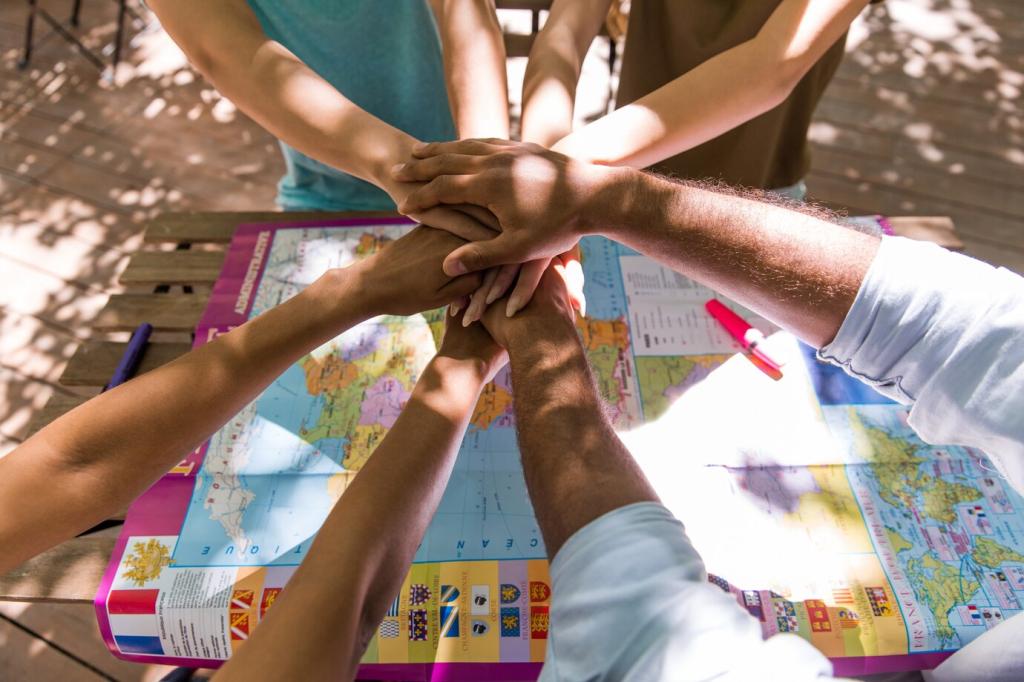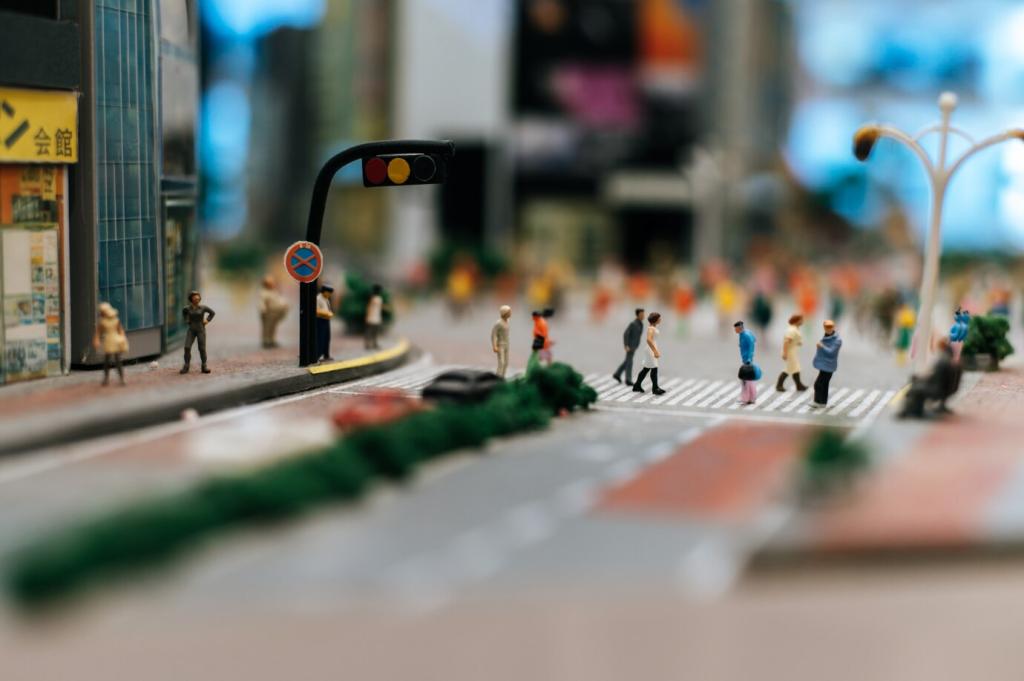Setting the Stage for Museum Exploration Journeys
Choose three questions you want every museum to answer—about people, processes, or places. This compass keeps your journey purposeful, helps avoid overwhelm, and turns random rooms into connected chapters you can discuss with friends or share with our community.
Setting the Stage for Museum Exploration Journeys
Sketch an A-to-C path, but let B be a wildcard. Leave time for a surprise exhibit, a pop-up talk, or a quiet bench. Flexibility turns a schedule into a story and invites discoveries you’ll want to tell us about in the comments.



